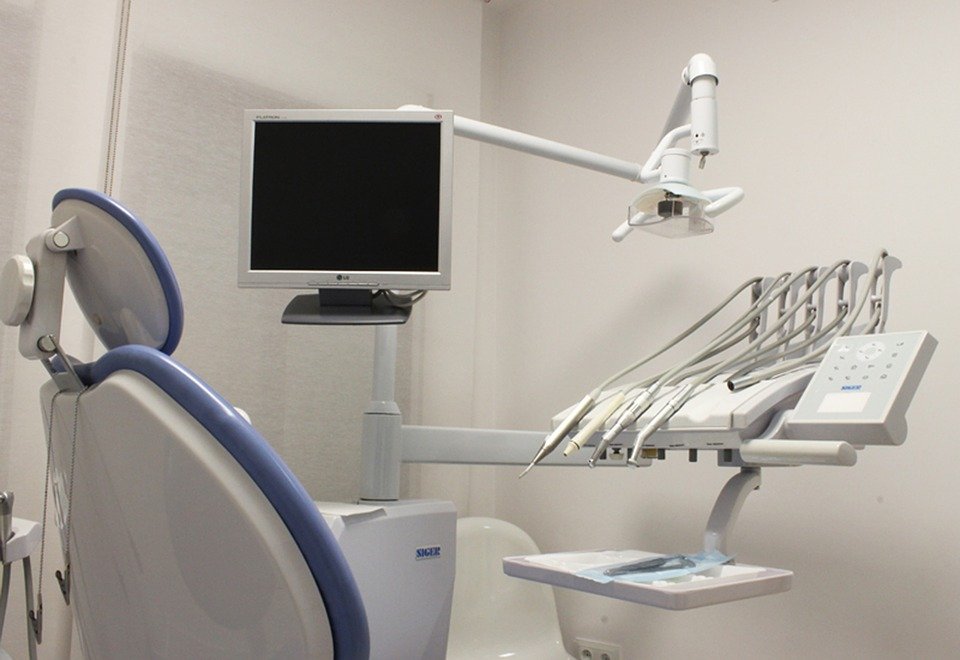
The design of a dental office is no longer just about aesthetics; it plays a pivotal role in shaping the patient experience, influencing treatment outcomes, and even contributing to the overall success of a dental practice. As we move into 2024, the landscape of dental office design is transforming, driven by a focus on patient comfort, technological advancements, and environmental consciousness. Staying ahead of these emerging trends is essential for any practice aiming to provide top-tier care and remain competitive in an ever-evolving industry.
This article delves into the key trends shaping the future of dental office design company, shedding light on how these innovations are reshaping the way dental care is delivered. From patient-centric spaces that prioritize comfort and well-being to the integration of cutting-edge technology and eco-conscious practices, the dental office of tomorrow is a far cry from the sterile, clinical environments of the past. Dental office design companies are at the forefront of this evolution, helping practices create spaces that not only meet the functional needs of dentists and staff but also elevate the patient experience to new heights.
By understanding and embracing these trends, dental practices can create environments that foster trust, reduce anxiety, and ultimately improve patient satisfaction and loyalty. Let's explore the exciting developments that are poised to revolutionize dental office design in 2024 and beyond.
The Role of Design in Alleviating Dental Anxiety: A Look Inside Modern Offices
Dental office remodeling Chicago IL, is undergoing a significant transformation, with a clear shift towards prioritizing patient comfort and well-being. This patient-centric approach recognizes that a visit to the dentist can be stressful for many, and aims to create a more welcoming and relaxing environment.
The focus on patient comfort is evident in various design elements. Calming color palettes, often featuring soft blues, greens, and neutrals, are used to create a serene atmosphere. Comfortable seating in waiting areas and treatment rooms ensures that patients feel at ease during their visit. Amenities such as beverage stations, charging ports for electronic devices, and even entertainment options like televisions or tablets can further enhance the patient experience. Additionally, technology plays a key role in reducing wait times and anxiety by streamlining check-in processes and providing patients with information about their treatment.
These thoughtful design choices not only contribute to a more pleasant dental visit but also have a significant impact on patient satisfaction and loyalty. When patients feel comfortable and well-cared for, they are more likely to return for future appointments, recommend the practice to others, and leave positive reviews, ultimately contributing to the success of the dental practice.
Revamping Dental Spaces: How Sustainability is Shaping Modern Dentistry in Urban Centers
Sustainability and eco-conscious design are becoming increasingly crucial in various industries, including dentistry. The demand for practices that prioritize the environment is on the rise, influencing the approach to dental office remodeling, especially in urban centers like Chicago, IL. Incorporating eco-friendly materials into the construction and interior design not only reduces the ecological footprint but also enhances the practice's appeal to environmentally aware patients.
Energy-efficient lighting and equipment, along with water conservation measures, contribute significantly to decreasing the operational costs and the environmental impact of dental offices. Furthermore, adopting waste reduction strategies, such as recycling and minimizing disposable products, strengthens the commitment to sustainability. These sustainable practices not only benefit the planet but also elevate the brand image of dental practices, aligning them with the values of a growing eco-conscious consumer base.
Streamlining Dental Diagnoses and Treatments: The Power of 3D Printing
The integration of advanced technologies is profoundly transforming the landscape of dental office operations, marking a significant trend toward modernization. Among the core technologies reshaping dental practices are digital patient records, which enhance the precision and accessibility of patient information. Similarly, 3D printing technologies are revolutionizing the production of accurate dental models, streamlining both diagnosis and treatment planning processes.
Furthermore, the adoption of teledentistry platforms facilitates virtual consultations, extending the reach of dental services beyond traditional office settings. Smart office systems play a crucial role as well, optimizing various administrative tasks such as appointment scheduling, inventory management, and intra-office communication. Collectively, these technological advancements not only bolster operational efficiency but also elevate the level of patient engagement and satisfaction. Such improvements are particularly crucial during transitions like dental office relocation, where maintaining continuity of care and service quality is paramount. The seamless integration of these technologies ensures that dental practices remain cutting-edge and highly functional, even in the face of significant organizational changes.
The New Era of Dental Practice Design: Customization Meets Patient Care
In recent developments within healthcare infrastructure, a notable shift is occurring as dental practices eschew traditional, uniform designs in favor of more customized environments. This transformation is not merely about aesthetics but is deeply connected to the operational philosophy and the specific needs of the practice. Customization in dental office design allows for the integration of unique architectural and decorative elements that resonate with the local culture, the brand's identity, or the particular specialty offered by the practice.
Furthermore, this trend extends beyond physical spaces to influence patient interactions. Personalized patient experiences are becoming crucial, involving customized treatment plans and communication methods that cater specifically to individual patient needs and preferences. This approach not only enhances patient satisfaction and engagement but also strengthens the practice’s identity, making each visit a distinctively tailored experience.